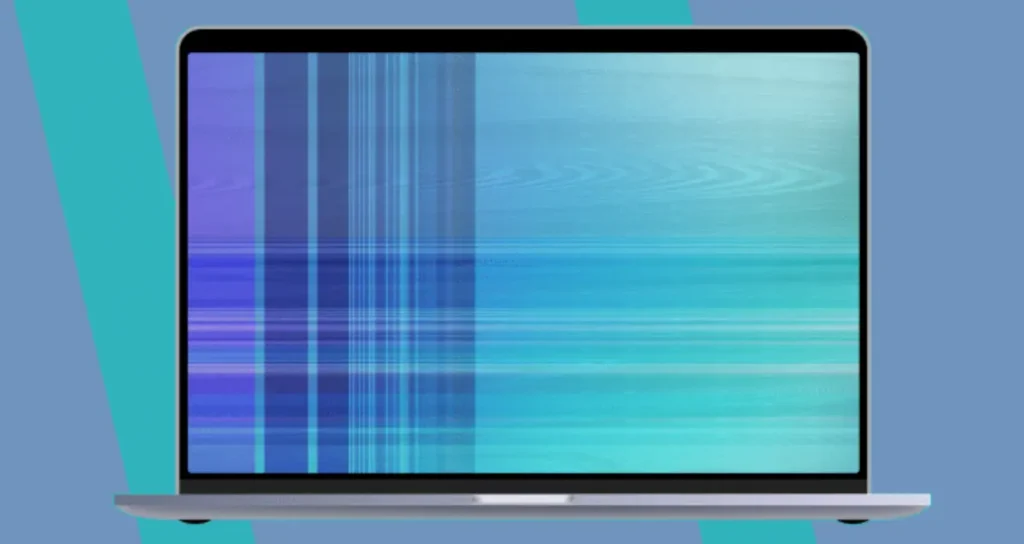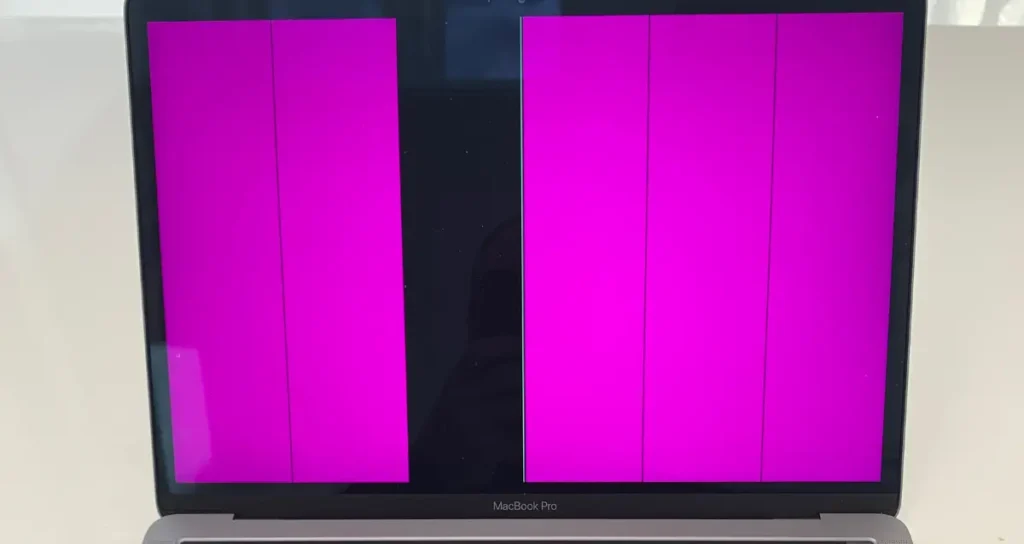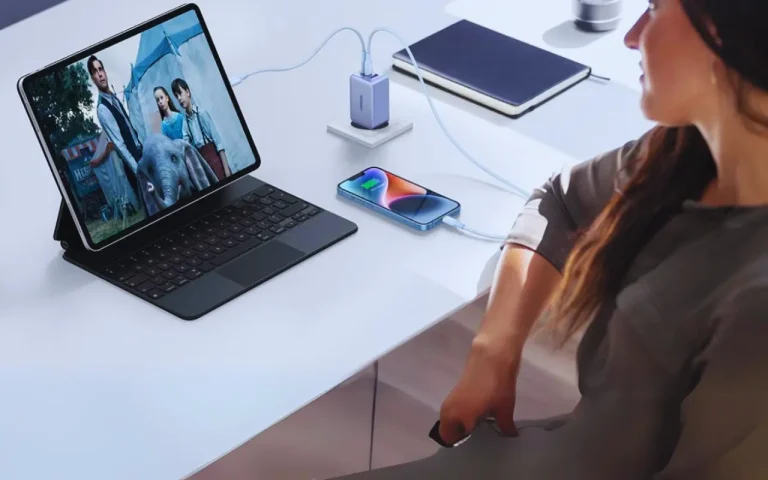Troubleshooting 101: Fixing Graphics & Display Issues on Your Mac
It can be truly heartbreaking to see your beloved Mac’s display freeze, distort, or refuse to turn on. Not only will this disrupt your workflow, but also make you want to bang your MacBook against the wall.
Unlike other MacBook issues, graphic and display issues are not something you want to take lightly. You must never delay dealing with a misbehaving display. If you are lucky, the display issue simply stems from a temporary glitch and will be solved with a simple restart. Unfortunately, at other times, the display problems won’t go away even after a restart.
This troubleshooting guide will take you through the common graphics and display issues experienced by Mac users, along with their possible fixes. However, if none of the following methods work, don’t waste another minute and rush to your nearest Apple service center.
Vertical or Horizontal Lines Across the Screen
It is an alarming experience to turn on the Mac and see horizontal and vertical lines across the screen. You might be seeing lines across MacBook screen due to hardware or software issues.
Hardware issues causing such lines are overheating, damaged screen, screen burn-in, or the cable connecting the graphics chipset to the screen, is damaged. Software issues causing such lines are software conflicts, outdated graphics drivers, or power management problems.

To Fix Lines On Your Mac’s Screen, Try The Following Troubleshooting Steps:
- Restart your system
- Run maintenance scripts through Terminal (use the command ls -al / var/log/*.out) to clean up temporary files and system logs.
- Ensure the cable connected is not damaged. If so, replace the cable.
- Check the system’s temperature and if it is overheating, clear the vents and shut it down to let it cool. You can also quit all the resource-intensive programs running in the background to stop your Mac from overheating.
- Update graphics drivers.
- Reset SMC if the issue persists. The exact steps of resetting SMC depends on your Mac model. Check the manual or visit Apple Support.
- Run Apple Diagnostics to find out whether something is wrong with your Mac.
Flickering Screen
If there’s one thing you don’t want to witness, it is a MacBook screen flashing and flickering. Flickering screens disrupt the workflow and also damage the eyes. Your Mac’s screen might be flickering because of software glitches, overheating, or problems with graphic cards.
Here’s How You Can Fix A Flickering Mac Screen:
- Restart
- Install the latest macOS updates to benefit from improved bug fixes, security patches, and performance enhancements.
- Run Apple Diagnostics to check for hardware issues.
- Switch off automatic graphics switching to reduce the overall power consumption (System Settings > Battery > uncheck the Automatic Graphics Switching checkbox).
- Disable True Tone (System Settings > Displays > uncheck the True Tone checkbox) to adjust the intensity and color of the display to match the ambient light.
- Clear out all the junk and redundant files to reclaim storage space. Insufficient storage space might cause your Mac’s screen to glitch.
- Reboot in Safe mode to diagnose and solve screen flickering caused by software glitches.

The Pink Screen of Death
Your Mac’s screen turning pink indicates something is not right. Pink screen issues might be caused due to software or hardware problems. If the entire screen turns a deep shade of pink, it is a hardware issue. If the screen flashes pink and your system restarts, it indicates a kernel panic.
Here’s how to fix the pink screen of death:
- Update macOS and applications to ensure there’s no problem with compatibility
- Start your system in Safe mode and if it doesn’t start with a pink screen, it means the issue is with non-essential login items and browser extensions. Find out which one is the culprit and remove it from your system.
- Reinstall macOS if nothing else works.
External Display Problems
Using an external display is the best solution to expand your screen real estate for more productivity. Although this sounds amazing and indicates you can finish your tasks faster, you may encounter problems with the external display that can ruin your day. For example, the screen may turn black, blurry or there might be inaccuracies with the color.
Here’s How You Can Fix The Problem:
- Check whether the brightness is turned all the way down. If so, adjust the brightness.
- Check whether the external display is supported by your Mac. Head to the Apple Tech Specs page, choose your Mac, and see the displays that your system supports.
- Ensure the power plug is not damaged. If so, replace it.
- Adjust the display resolution manually and keep adjusting unless it appears comfortable for your eyes.
- Reset your NVRAM and SMC. Check the exact steps of resetting by visiting the Apple Support page.
- Check for new drivers for your display and software updates for your applications.
Conclusion
So. don’t let the frustration of encountering graphics and display issues on your Mac disrupt your workflow. Follow the troubleshooting steps mentioned above to get back on track.
FURTHER READING
- RCA TV Black Screen (Common Causes & Quick Fixes)
- How to Manually Recover Outlook Data Encrypted by the VVEW Virus






